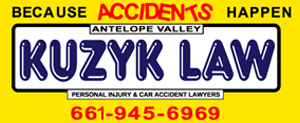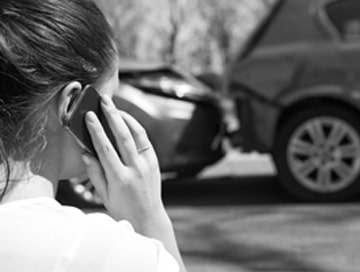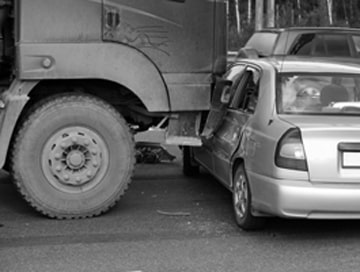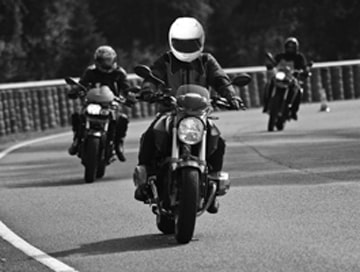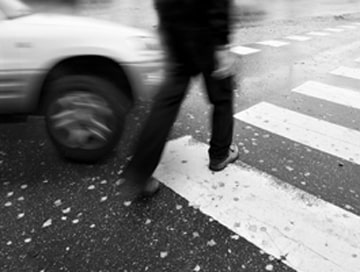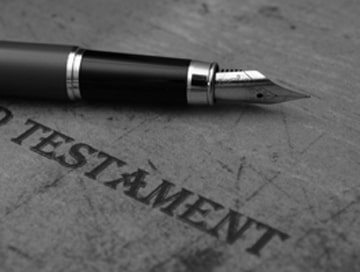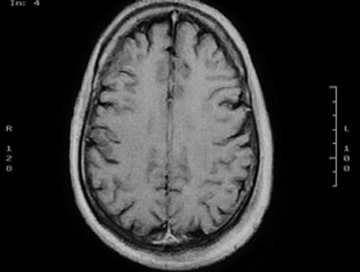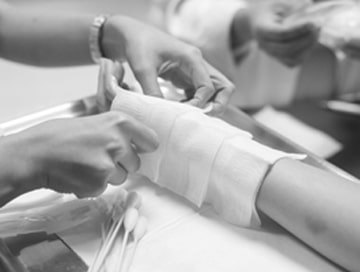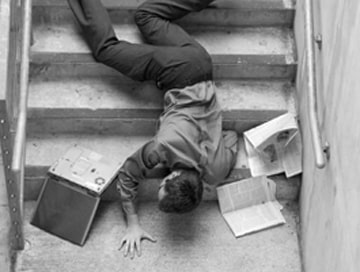Bicycle accidents in Bakersfield are becoming more frequent due to distracted driving, inadequate bike infrastructure, and drivers who don’t understand cyclists rights on the road.
When you’re injured in a bicycle crash, you have legal options to recover compensation for medical bills, lost wages, and pain and suffering. Still, success depends on proving the driver was negligent and acting quickly to preserve evidence.
If you’ve been hurt in a bicycle accident, you’re likely dealing with serious injuries, mounting medical bills, and insurance companies that want to minimize what they pay you.
California law gives cyclists the same road rights as drivers, and when someone violates these rights and injures you, they’re responsible for the consequences.
Understanding your legal options and the steps to take after an accident can make the difference between getting fair compensation and being left to handle expensive medical bills on your own.
This guide explains why bicycle accidents are increasing in Bakersfield, where they occur most frequently, the laws that protect you, and how to build a strong case for maximum compensation.
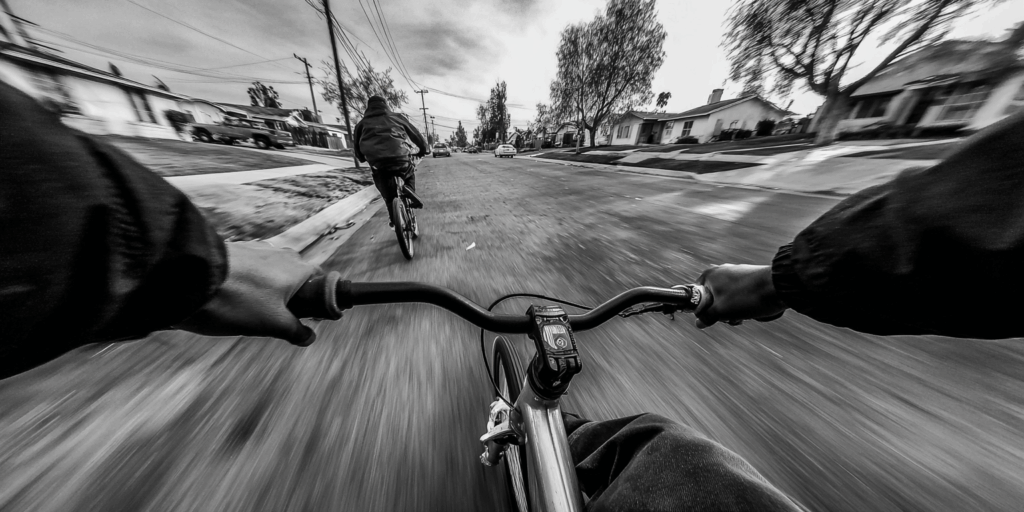
Why Are Bakersfield Bicycle Accidents Rising?
Bicycle crashes in Bakersfield are happening more often than before. This increase isn’t random – it’s caused by specific problems that make our roads dangerous for cyclists.
The primary reasons these accidents continue to occur include distracted driving, inadequate road design, and drivers who fail to understand bicycle laws. Many drivers use their phones while driving or simply don’t look for cyclists before turning or changing lanes.
Bakersfield’s rapid growth has also created infrastructure problems. New developments often lack proper bike lanes, forcing cyclists to share narrow roads with fast-moving cars and trucks.
Common Types of Crashes
Broadside collisions:
Also known as T-bone accidents, these occur at intersections when a car hits a cyclist from the side. This is often the result of a driver failing to stop at a stop sign or red light.
Wrong-way incidents:
Crashes that happen when someone is going the wrong direction.
Right-hook accidents:
A driver passes a cyclist and then makes a sharp right turn directly in front of them, cutting off the cyclist’s path. This often occurs at intersections or driveways and can cause a severe collision.
Left-cross crashes:
These are among the most dangerous accidents for cyclists. They happen when a driver turning left at an intersection fails to see an oncoming cyclist and turns directly into their path.
Dooring accidents:
A driver or passenger in a parked car opens their door without checking for an approaching cyclist. The cyclist has no time to react and crashes directly into the open door or is forced to swerve into oncoming traffic.
Where Do Bakersfield Bike Crashes Happen Most?
Ming Avenue is one of the most dangerous roads for cyclists. This busy street has high-speed traffic and many driveways where cars pull out without warning. The lack of protected bike lanes makes it especially risky.
Real Road is another high-risk area. Despite being popular with cyclists, it has minimal bike infrastructure. You’re forced to share the road with fast-moving vehicles, which creates dangerous situations.
Downtown areas like Truxtun Avenue present different risks. Heavy congestion and parked cars create “dooring” hazards where drivers open doors without looking. The stop-and-go traffic also makes it harder for drivers to see cyclists.
Other dangerous areas include:
Chester Avenue has a mix of traffic speeds and turning vehicles.
Highway 99 access points where cyclists must cross high-speed traffic.
Industrial areas with heavy truck traffic.
Residential neighborhoods without proper lighting.
Even the Kern River Parkway, while generally safer, has dangerous spots where the trail meets regular roads.
What California Bicycle Laws Protect You?
California law gives cyclists the same rights as car drivers. This means you have the legal right to use the road, but you also need to follow traffic laws.
The most important law for your safety is the three-foot rule. Drivers must give you at least three feet of space when passing. If they can’t do this safely, they have to slow down and wait.
You also have the right to take the full lane when it’s not safe to share. This includes narrow roads, when avoiding hazards, or when preparing to turn left.
Key laws that protect you include:
Vehicle Code 21200: Gives you equal road rights with cars
Vehicle Code 21760: Requires drivers to leave three feet when passing
Vehicle Code 22517: Makes it illegal to open car doors into traffic
Vehicle Code 21212: Only requires helmets for riders under 18
The anti-dooring law is fundamental. It makes drivers and passengers responsible for checking before opening doors. If they hit you with their door, they’re automatically at fault.
Who Is Liable In A Bicycle Collision?
Figuring out who’s at fault in a bicycle accident depends on who broke the traffic laws. Most of the time, it’s the driver who caused the crash.
Driver negligence is the most common cause of bicycle accidents. This happens when drivers fail to yield, don’t check blind spots, or violate other traffic rules. Distracted driving and DUI crashes almost always make the driver fully responsible.
However, fault isn’t always clear-cut. California uses comparative negligence, which means both parties can share blame. Even if you’re partially at fault, you can still recover money for your injuries.
Typical scenarios where drivers are at fault:
Right-hook accidents:
The driver turns right across a bike lane
Left-cross collisions:
The driver turns left into the oncoming cyclist
Rear-end crashes:
Driver hits cyclist from behind
Running red lights or stop signs:
The Driver violates traffic signals
Unsafe lane changes:
The Driver changes lanes into a cyclist
Sometimes other parties can be responsible too. If a commercial driver hits you while working, their employer might be liable. Government entities can be at fault for dangerous road conditions like broken pavement or missing signs.
What Should You Do After A Bicycle Accident In Bakersfield?
The first few minutes after a bicycle accident are critical for your health and your legal case. What you do right away can make the difference between getting fair compensation and getting nothing.
Your safety comes first, but if you can move and think clearly, start gathering evidence immediately. This evidence might disappear quickly, so you need to act fast.
Call 911 And Request A Report
Always call the police, even for minor accidents. The police report creates an official record of what happened. This document is crucial evidence that insurance companies and courts will use to determine fault.
Tell the officer exactly what happened, but stick to the facts. Don’t admit fault or speculate about causes you’re not sure about.
Get Driver And Witness Information
Collect the driver’s full name, phone number, driver’s license number, and insurance information. Don’t just take their word for it – ask to see their license and insurance card.
Get contact information from witnesses, too, especially people who aren’t friends or family of the driver. Independent witnesses can provide crucial testimony about what really happened.
Photograph Scene And Bike
Take pictures of everything before anyone moves vehicles or cleans up debris. Your photos should show the position of cars and bikes, any skid marks, traffic signals, and road conditions.
Document your injuries and damaged equipment. Take pictures of torn clothing, your damaged helmet, and any visible injuries. These photos prove the force of impact you experienced.
Preserve Helmet And Clothing
Don’t throw away damaged gear. Your helmet, torn clothes, and broken equipment are powerful evidence of how hard you were hit. Store these items in a safe place where they won’t be damaged further.
Seek Same Day Medical Care
See a doctor immediately, even if you feel okay. Some serious injuries like concussions or internal bleeding don’t show symptoms right away. Getting medical care creates a record linking your injuries to the accident.
Emergency room doctors will document your injuries and the mechanism that caused them. This medical record becomes essential evidence in your case.
Notify Insurers Carefully
You need to report the accident to your insurance company, but be careful what you say. Don’t give recorded statements or sign anything without talking to a lawyer first.
Insurance adjusters might seem friendly, but they’re trained to get you to say things that hurt your case. It’s better to say you’re still getting medical treatment and will provide details later.
Contact A Bakersfield Bicycle Accident Lawyer
An experienced attorney can protect your rights from day one. We know how to preserve evidence, deal with insurance companies, and make sure you don’t make mistakes that hurt your case.
Kuzyk Personal Injury & Car Accident Lawyers can start working on your case immediately. We’ll send preservation letters to secure surveillance footage and handle all communications with insurance companies.
What Compensation Can You Recover After A Bicycle Crash?
If a negligent driver injured you, you deserve compensation for all the ways the accident has affected your life. California law allows you to recover two types of damages:
Economic Damages:
These are the quantifiable financial losses that can be proven with receipts and records. They include past and future medical expenses, lost wages, and property damage (such as the cost to repair or replace your bicycle).
Non-Economic Damages:
These compensate you for subjective losses, such as pain, suffering, emotional distress, and a reduced quality of life. Although they don’t have a specific bill, they are genuine and often represent a significant portion of a settlement.
In cases involving drunk driving or extreme recklessness, you might also recover punitive damages designed to punish the wrongdoer. Contact Kuzyk Law Personal Injury & Car Accident Lawyers for a free consultation.
What If You Were Not Wearing A Helmet Or Shared Fault?
Insurance companies love to blame cyclists for their own injuries. They’ll claim you were reckless for not wearing a helmet, even though California doesn’t require adults to wear them.
California law doesn’t require adults to wear helmets, and not wearing one doesn’t make you automatically at fault. Drivers still have a legal duty to watch for cyclists and drive safely.
Even if you made some mistakes, you can still recover compensation under California’s comparative fault system. Your percentage of fault will reduce your settlement, but you won’t lose everything.
Common ways cyclists might share fault:
Riding without lights at night:
Might reduce your recovery by 10-20%
Not following traffic signals:
Could result in shared fault depending on circumstances
Riding in the wrong direction:
Usually results in some fault assignment
Not wearing bright clothing:
Rarely affects fault in daylight accidents
The key is proving that the driver’s negligence was the leading cause of your injuries. An experienced lawyer knows how to minimize your fault percentage and maximize your recovery.
What If The Driver Fled Or Lacked Insurance?
Hit-and-run accidents are devastating, but you still have options for getting compensation. Many cyclists don’t realize their own auto insurance might cover them even when they’re riding a bike.
Uninsured/Underinsured Motorist coverage often extends to bicycle accidents. This coverage pays when the at-fault driver doesn’t have insurance or flees the scene.
You must report hit-and-run accidents to your insurance company quickly. Most policies require prompt notice to preserve your coverage.
Our legal team can launch an immediate investigation to try to identify the hit-and-run driver. We work with accident reconstruction experts and private investigators to find evidence the police might miss.
Do E-Bike Crashes Follow Different Rules?
Electric bicycles are becoming more popular in Bakersfield, but they add complexity to accident cases. California classifies e-bikes into three categories, based on their top speed and whether they have a throttle.
Class 1 e-bikes provide pedal assistance up to 20 mph. Class 2 e-bikes have throttles and also have a top speed of 20 mph. Class 3 e-bikes provide pedal assistance up to 28 mph but don’t have throttles.
These classifications affect where you can legally ride and might influence fault in an accident. Higher speeds can increase the severity of injuries and affect how much fault you bear.
E-bike accidents can involve unique liability issues:
Product defects: Faulty motors or batteries might make the manufacturer liable
Commercial liability: Delivery companies might be responsible for their riders’ accidents
Speed considerations: Higher speeds might affect comparative fault analysis
Equipment failures: Brake or electrical system failures could shift liability
If you were injured while riding an e-bike for work, your employer might be liable under workers’ compensation laws or general liability coverage.
Do Road Hazards Create City Liability?
Sometimes bicycle accidents are caused by dangerous road conditions rather than driver negligence. Potholes, broken pavement, missing signs, or poorly designed intersections can all cause crashes.
When government entities are responsible for maintaining roads, they can be held liable for dangerous conditions. However, suing the government is much more complicated than suing a private party.
California Government Code Section 835 allows lawsuits against public entities for dangerous conditions on public property. You must prove the condition was unsafe and that the government knew about it but failed to fix it.
Dangerous Condition And Notice
A dangerous condition is something that creates a substantial risk of injury when used with due care. The government must have had actual or constructive notice of the problem.
Constructive notice means that the condition existed for a sufficient period of time for the government to have discovered it through reasonable inspections.
Government Claims Six-Month Deadline
You have only six months from the accident date to file a formal claim with the government entity. This deadline is much shorter than the usual two-year statute of limitations.
Missing this deadline usually means you lose your right to sue forever. There are very few exceptions to this rule.
Evidence To Preserve
Government liability cases require extensive documentation. We need maintenance records, inspection logs, and records of prior complaints about the same hazard.
This evidence often exists only in government files, so we must act quickly to preserve it through formal legal requests.
How Long Do You Have To File A Bicycle Accident Claim In California?
California law gives you a limited time to file a lawsuit after a bicycle accident. These deadlines, called statutes of limitations, are strict and rarely extended.
For personal injury claims, you have two years from the date of the accident to file a lawsuit. For property damage claims, you have three years.
Government claims have much shorter deadlines. You must file an administrative claim within six months of the accident. Only after this claim is denied can you file a lawsuit in court.
Don’t wait to get legal help. Evidence disappears, witnesses move away, and memories fade. The sooner we start working on your case, the better your chances of success.
Injured In A Bakersfield Bicycle Accident?
If you’ve been hurt in a bicycle accident, you don’t have to handle the legal process alone. The insurance companies have teams of lawyers working to minimize what they pay you. You need experienced advocates on your side.
Kuzyk Personal Injury & Car Accident Lawyers has been fighting for injured cyclists in Bakersfield for decades. We understand the unique challenges bicycle accident cases present and know how to overcome them.
We work on a contingency fee basis, which means you don’t pay attorney fees unless we win your case. This allows you to get quality legal representation without upfront costs.
We have advantages over other companies because we are familiar with the area. We know which intersections in Bakersfield are dangerous, how traffic flows in the area, and we have connections with medical professionals who can help your case.
You can concentrate on getting better while we take care of everything else. We’ll investigate your accident, keep the evidence safe, communicate with insurance companies, and, if necessary, take your case to court.
Bakersfield Bicycle Accident FAQs
Can I Sue If I Was Hit While Riding On The Sidewalk?
You can still pursue a claim even if you were riding on the sidewalk when hit. While sidewalk riding might affect your percentage of fault, it doesn’t automatically bar you from recovering compensation if the driver was also negligent.
What If The Driver Claims They Didn’t See Me?
“I didn’t see the cyclist” is not a legal defense for hitting someone. Drivers have a duty to keep a proper lookout and see what’s there to be seen. We can use accident reconstruction and visibility studies to prove the driver should have seen you.
How Much Is My Bicycle Accident Case Worth?
The value depends on your injuries, medical bills, lost wages, and how the accident affects your daily life. The value of a bicycle accident case depends on factors such as the severity of your injuries, medical expenses, lost income, and the impact on your life; each case is evaluated individually based on its unique circumstances.
